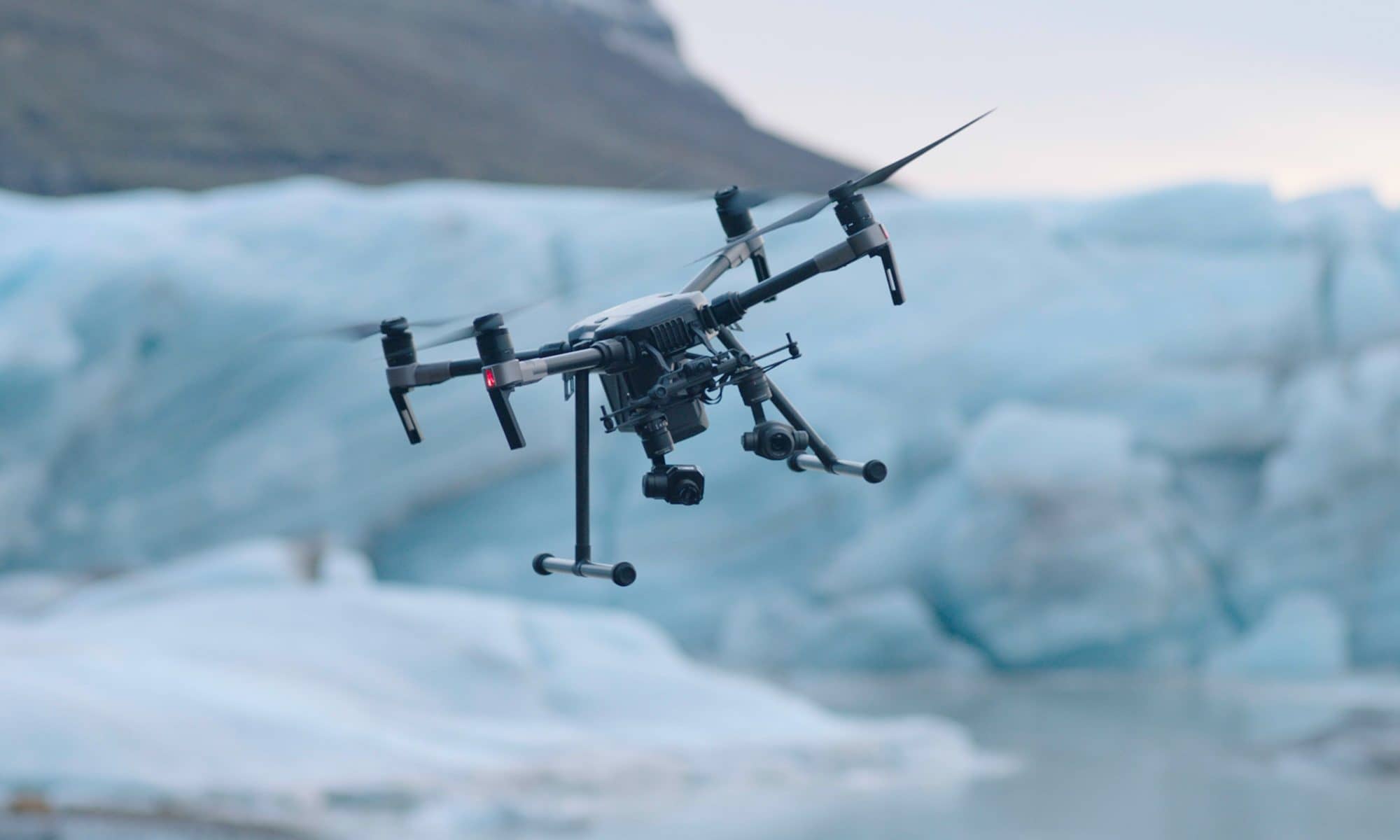The goal of this article is to present the results and the challenges of our project, particularly regarding the acquisition of the avalanche beacon signal. It is deliberately technical, but we have tried to make it accessible to as many people as possible. For the less knowledgeable of you, hang in there!
First, let’s talk about the baselines of our project again.
The avalanche beacon, worn by the snow buried victim, emits every second a signal which is detected by the antenna embedded under our drone. Like a person trying to locate his phone by ringing it, we can estimate the distance between the drone and the device in the snow thanks to the strength of the signal received. It is a little more complicated than that, but this will be fair enough for this article.
The idea may look simple but turns out to be complicated to implement when the antenna is embedded under a drone. Indeed, the aircraft emits disturbances which can be picked up by the measurement device. To repeat our previous comparison, imagine yourself trying to locate your phone in a room full of loud conversations.
The disturbances issues were known since the start of our entrepreneurial adventure. We know for example that when a rescuer makes a search with his personal avalanche beacon, he must pay attention to the pocket in which he places his mobile phone. Otherwise, the device could disturb the avalanche beacon operation.
In our case, the team had to find a solution to reduce the influence of the drone on the antenna. Our first reflex was to move the measuring device away from the source of disturbances by hanging it further under the drone and to measure its impact. This approach is partially paying off but is not optimal and not very elegant for the development of a flying product which aims to be robust and secure. To face this challenge, we have redesigned the acquisition of the avalanche beacon signal by our on-board computers with more suitable electronics. Those adaptations allowed us to develop a signal processing improving the performances of the avalanche beacon signal detection in the noisy environment that represents a drone in flight.

A prototype planned for this winter
With this system in place, we have been able to carry out multiple sets of field measurements over the past months and have processed them with our search algorithm on the on-board computer. Indeed, our first algorithms were developed in simulation. The aim was to rethink the manual avalanche beacon search in order to get the best out of a search carried out by a machine. The purpose of simulation tests is to compare different research methodologies and test them under hundreds of different conditions. The advantage is to be able to vary different parameters (position of the drone, position of the beacon, orientation of the beacon, etc.) easily and analyze the results obtained. This approach brought to light the most promising algorithm that we have adapted to our drone embedded computer.
The results currently obtained are promising and show that our algorithm, based on field measurements, guides quickly the drone towards the location of the avalanche beacon. However, the range of our antenna, fifteen meters in flight, does not yet allow us to make the most of our research method. We are carrying on the work with the School of Engineering of Sion to improve these performances and are also developing the methodology for finding the first signal. Our goal is to offer a complete demonstrator this winter and to carry out tests under mountain intervention conditions.
News about our tests will be posted on our website and our social medias. Make sure to subscribe to our Twitter and Linkedin accounts. Congratulations to the brave having reached the end of this article, on our side, we return to the development of our product.

